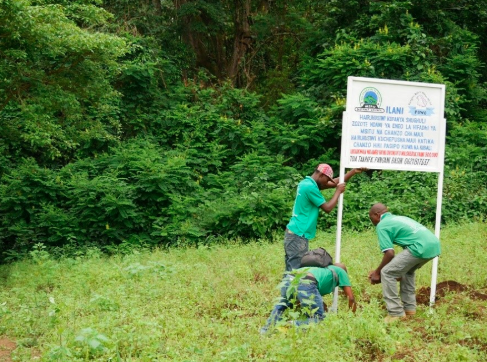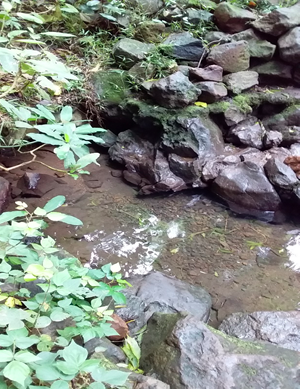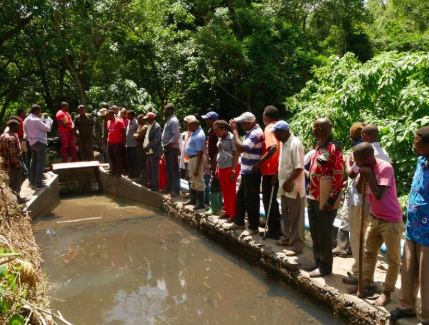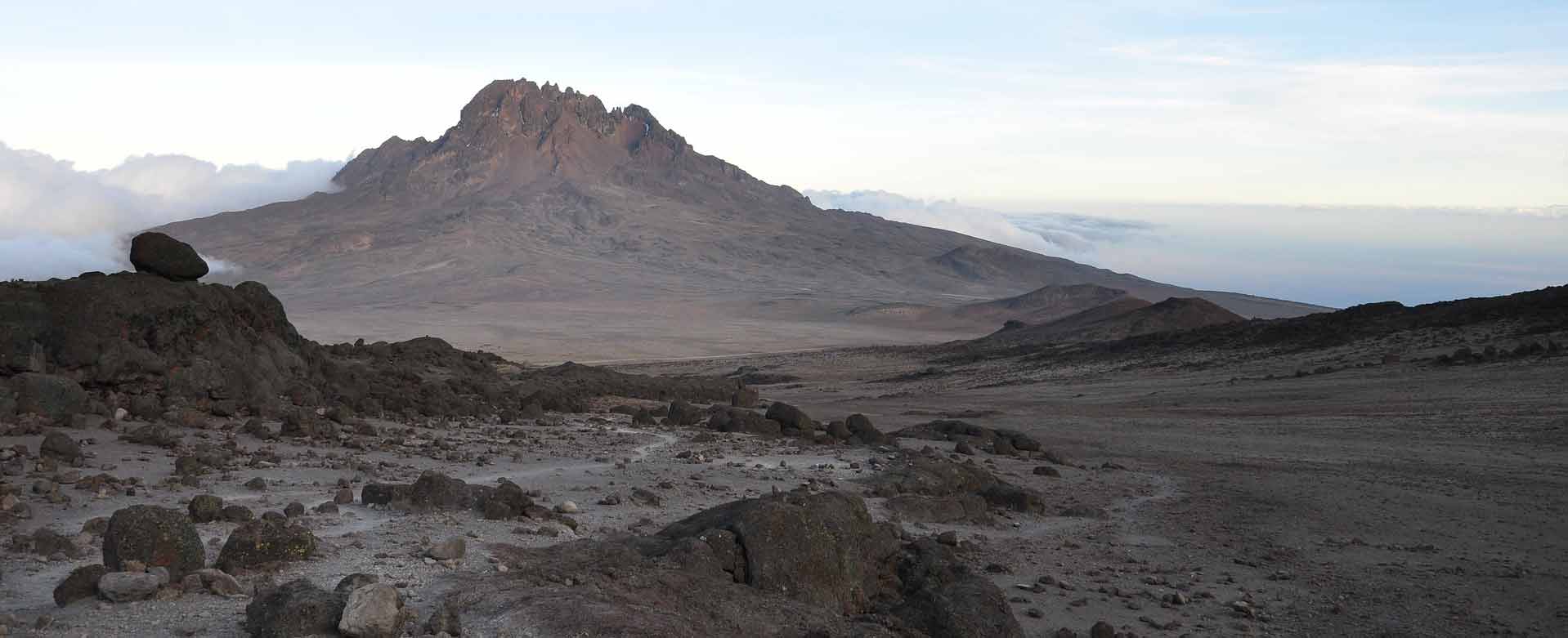By Hannah Baleta
In Tanzania, between Moshi and Arusha, you come across a small town called Usa River, which is situated on the banks of its namesake: the Usa River, a tributary of the Kikuletwa and then eventually Pangani River. This region is a tourist-magnet due to its proximity to Mount Kilimanjaro, the highest mountain in Africa. Usa River in particular lies on the slopes of Mount Meru, a lesser known but equally beautiful dormant volcano.
My recent trip there was not to go birding or hiking within this spectacular scenery, but instead was to interview the partners of the Sustainable Water Management Partnership (SUWAMA), supported by the International Water Stewardship Programme (IWaSP).
SUWAMA Partnership in Usa River was officially launched on the 6th of December 2017 to collaborate in addressing and finding solutions to water challenges in the Usa River sub catchment. The initial partnership was created following consultative meetings between the Pangani Basin Water Board (PBWB), Upper Kikuletwa Water User Association (WUA), Kiliflora Limited, Tanzanian Horticulture Association (TAHA) and IWaSP. In 2018, other partners like the Usa River Water and Sanitation Authority (USAWASSA) and the Arumeru District Council joined.
To address the identified water challenges in the Usa River sub-catchment, the partnership is organized under three thematic working areas:
- Good water governance and conservation
- Water-use efficiency
- Water quality and supply


Sounds great in theory, but what does that mean on the ground?
Good water governance and conservation have resulted in the activation of effective communication between the PBWB/WUA and village water and environment committees within the 11 villages that fall within the partnership area, along the Usa River. A water user survey, looking at permitted water use, was carried. This identified only 11 users holding valid permits and 54 users with no permits at all. , and facilitated the transfer of 40 old water rights into new water permits. This also potentially increased the revenue from water permits in the area from 15,722,000 TZS to 27,272,000 TZS, an increase of 42.4%. In addition, source protection was an important aspect. With the active support of the Arumeru District, Council springs (like the Teema spring photographed below) have been protected through the installation of markers to delineate the statutory boundary for protection around a water source. A vigorous tree-planting campaign was also carried out to reforest the area, bringing additional protection to the slopes. The trees were donated by Kiliflora.
Water-use efficiency in agriculture has put into practice through training provided by TAHA to farmers in the area, while water quality and supply has been implemented through the rehabilitation of the Furrow #1 (pictured below at the furrow offtake). To ensure upkeep and sustainability of the furrow improvements, a furrow committee was reactivated through the support of SUWAMA to ensure that the furrow is managed to ensure secure water supply to all the farmers and villages downstream. Furthermore, SUWAMA supported the handing-over of communal water systems, including those developed and sponsored by Kiliflora Ltd. over the years around the flower farm, and other community-owned water supply systems, to the local water utility USAWASSA.

The SUWAMA project has successfully implemented a suite of practical physical, as well as more complex, governance structures to ensure that the project can meet its original mission of addressing the water challenges in the Usa River. When I left Usa River, I left with a far more nuanced understanding of this lofty term, “stewardship.” What I saw in reality was a practical way of engaging the private, public, and civil society sectors in addressing shared water challenges. The SUWAMA partnership in Usa is a great example of this.
*This blog post is part of a project collecting lessons learned through stewardship. It is being implemented by the UN Global Compact’s CEO Water Mandate, which the Pacific Institute is co-secretariat for, and is supported by IWaSP.


